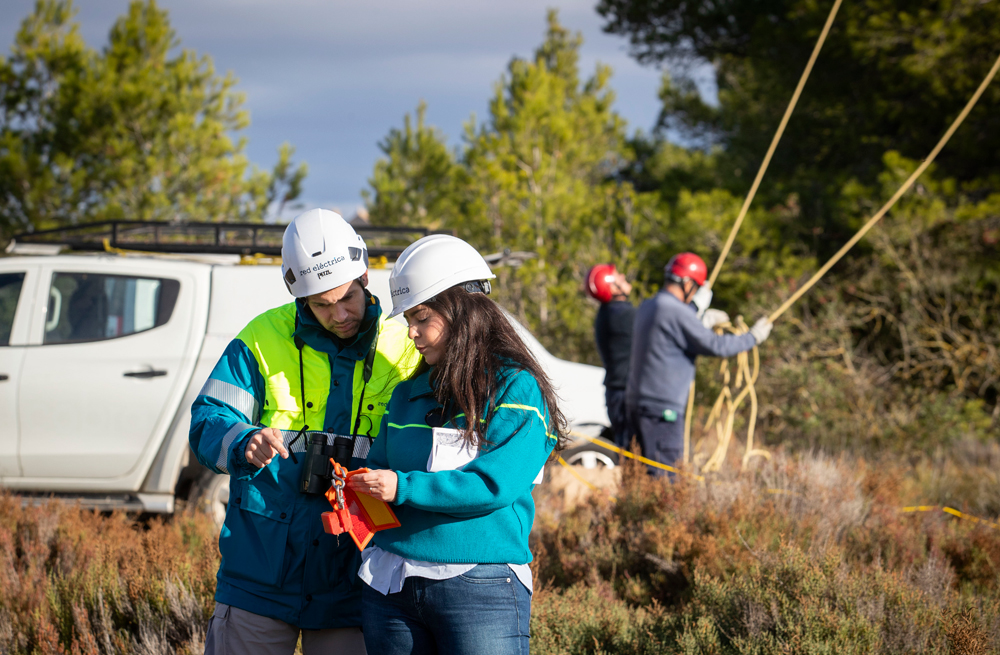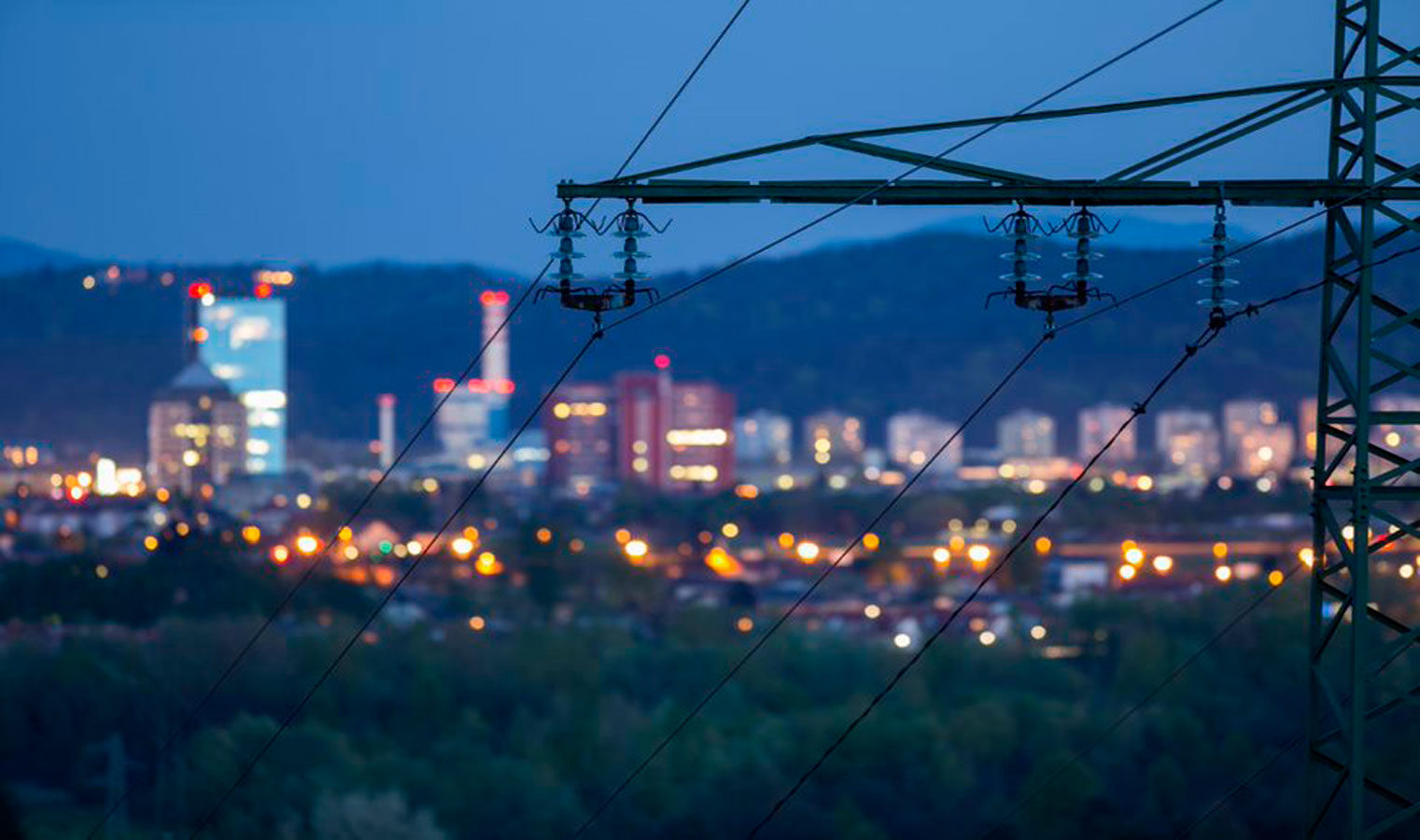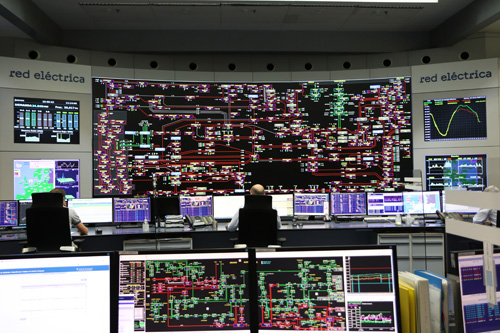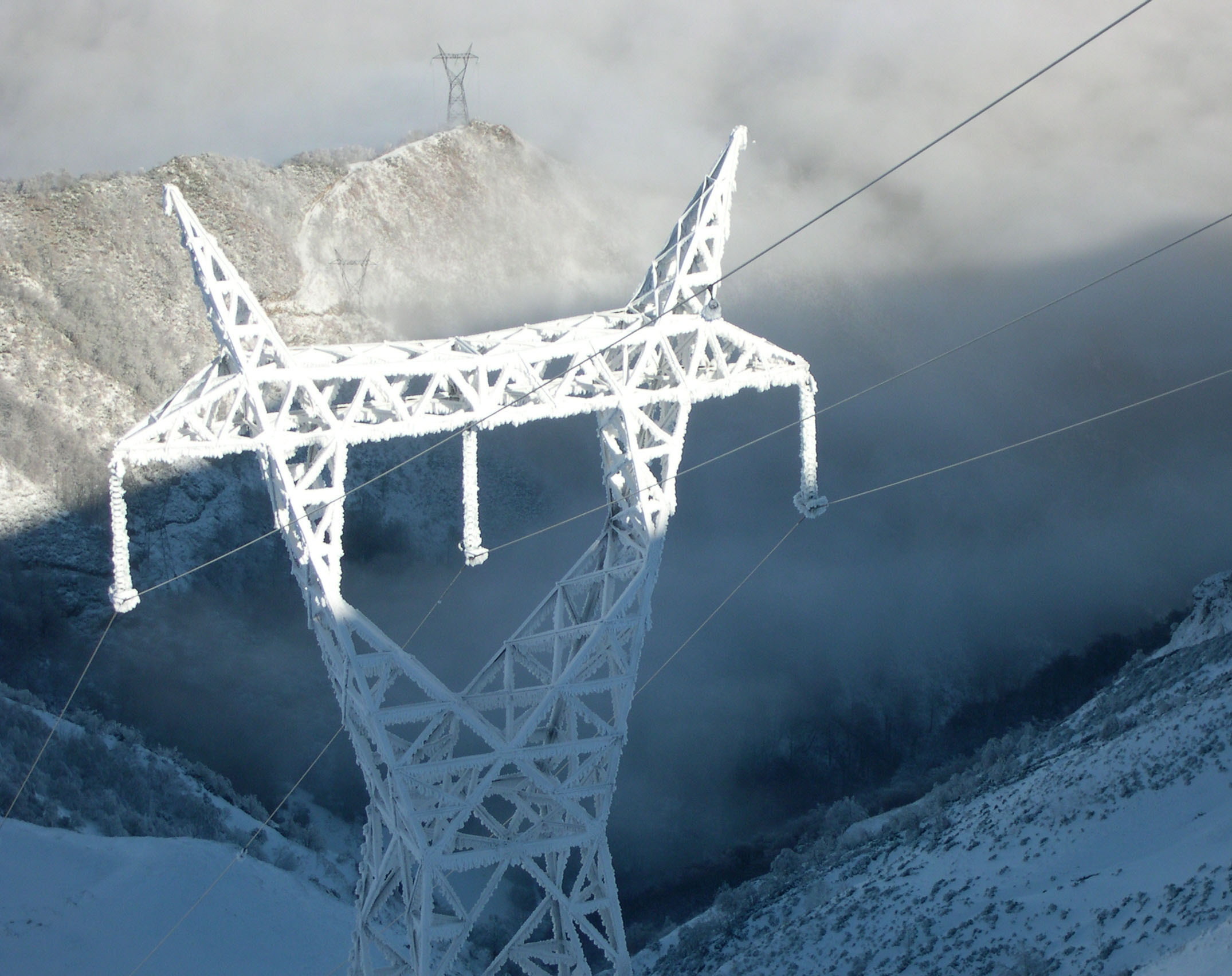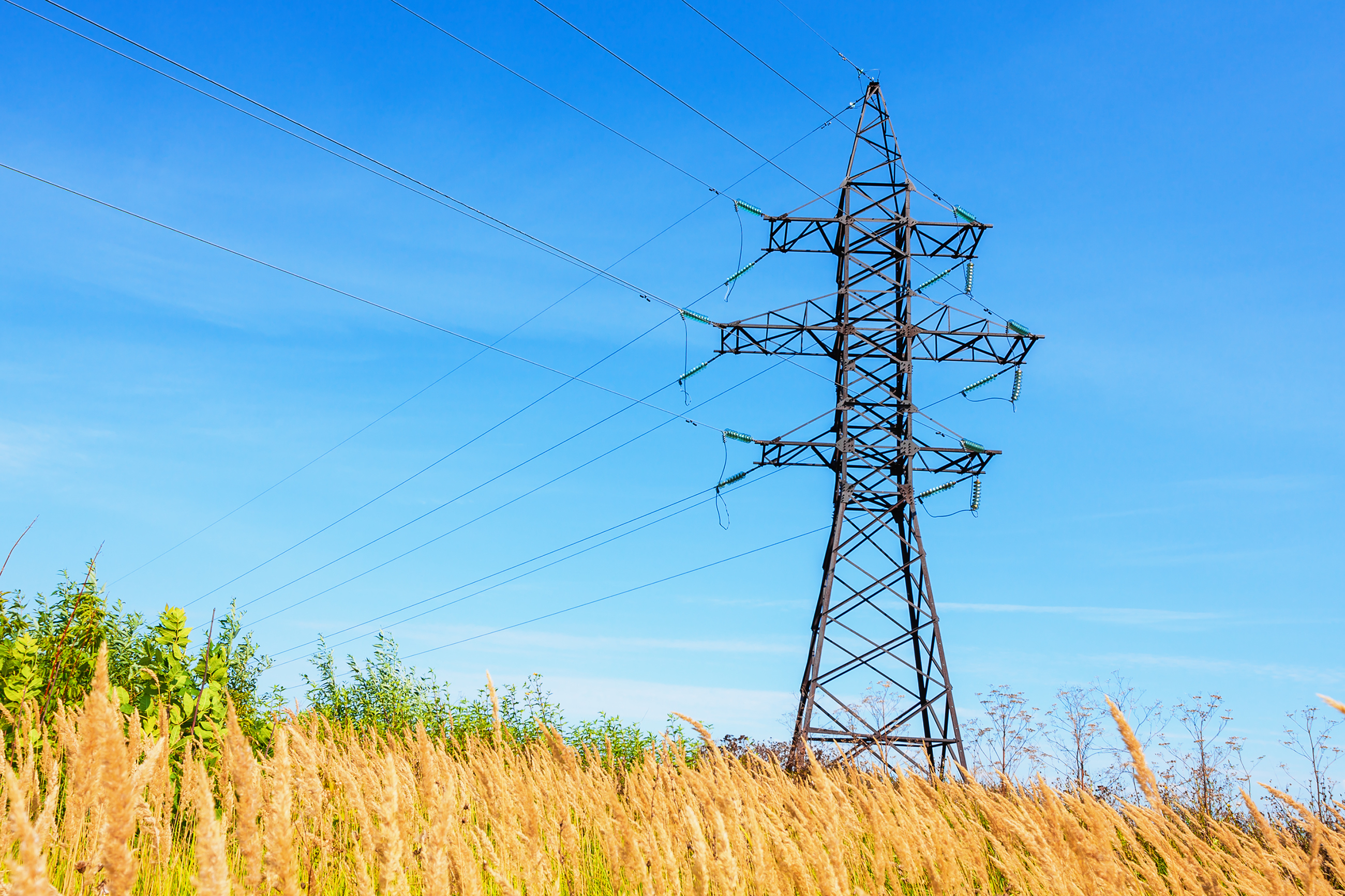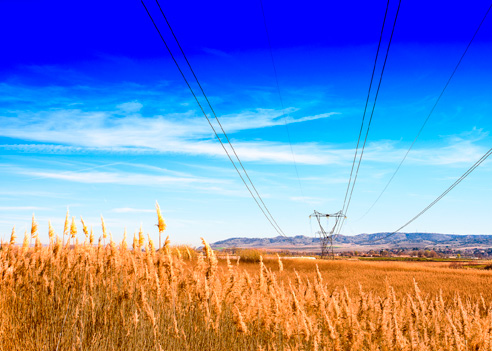For 40 years, we've been driving our country's economic and social progress. Four decades shaping Spain.
Bay of Biscay interconnection advances with European Commission support
A CINEA delegation visits construction sites on both sides of the border in Gatika, Lemoiz, Cubnezais, Ambès, and Seignosse.
Civil works have begun in the Basque Country on the buildings that will house the new converter station, marking progress on the Bay of Biscay interconnection.
Construction of the electricity interconnection with France via the Bay of Biscay is advancing steadily. During their visit to the worksites this week, representatives from the European Climate, Infrastructure, and Environment Executive Agency (CINEA) of the European Commission emphasised the strategic importance of this infrastructure for the European Single Market and the EU as a whole.
After several months dedicated to preparatory work for the land section and earthmoving for the new converter station that will link Gatika to Cubnezais, Red Eléctrica is now continuing construction in the Basque Country. Civil works have begun on two buildings that will be fully screened by vegetation. Along with the careful site selection, this will help minimise visual impact.
Construction on both sides of the border is progressing on schedule, as confirmed by the CINEA delegation during its visit to Cubnezais, Ambès, and Seignosse in France and to Gatika and Lemoiz in Spain. The delegation also learnt about advanced technologies implemented on both sides to minimise environmental impact, such as the unique offshore landfall works. Notably, these works feature microtunnels already completed in France and directional drilling recently begun in Lemoiz.
France is currently constructing the converter station buildings. Significant progress has also been made on the excavation for the two power lines and the landfall areas. These landfall areas, where the marine and onshore sections connect, are located in Porge (Gironde), Seignosse (Landes), and Cubnezais (Landes).
CINEA’s role involves overseeing the implementation and monitoring of infrastructures that, as in this case, have been declared Projects of Common Interest (PCIs) by the EU. In addition, as the manager of the Connecting Europe Facility (CEF) programme—the EU’s funding instrument for trans-European energy grid development—CINEA provides financial support to PCIs with regard to studies and construction. The Bay of Biscay interconnection project has received a €578 million grant from the EU through CINEA.
This undersea link between France and Spain is critically important to Europe’s energy future, facilitating the transition to a decarbonised economy.
Key benefits of the project include doubling the electricity exchange capacity between the two countries to 5,000 MW, thereby strengthening supply security and quality in both systems. This initiative will also support greater integration of more renewable energy, aligning with national and European climate and energy targets. Furthermore, it will enhance system efficiency, ultimately generating savings for consumers. In addition to being recognised as a PCI, this interconnection is one of the most important initiatives included in the Ten-Year Network Development Plan (TYNDP). Nationally, it is identified as a key infrastructure in Spain’s Integrated National Energy and Climate Plan (NECP) and is part of the current Electricity System Planning framework.
The interconnection will link the Spanish and French electricity systems through two 400 kV connections from Gatika (Biscay, Spain) and Cubnezais (near Bordeaux, France). The route will be fully underground and underwater, designed to minimise environmental impact. The project is being carried out by Inelfe, a joint venture equally owned by Red Eléctrica and its French counterpart, RTE, with support from leading European service providers. These providers include NKT HV Cables and Prysmian Powerlink for submarine cable installation; the FASSET consortium for underground cable works; and the HITACHI ENERGY/VINCI consortium for converter station construction.
Once operational, this new interconnection will enable the two countries to share 7,430 GWh/year of emissions-free electricity—equivalent to the annual consumption of around 2 million households. It will also reduce Europe’s carbon footprint from electricity generation by 600,000 metric tonnes, a figure comparable to 6.19 billion km of combustion engine vehicle travel or the carbon absorbed by 480 km2 of woodland.
Downloads

